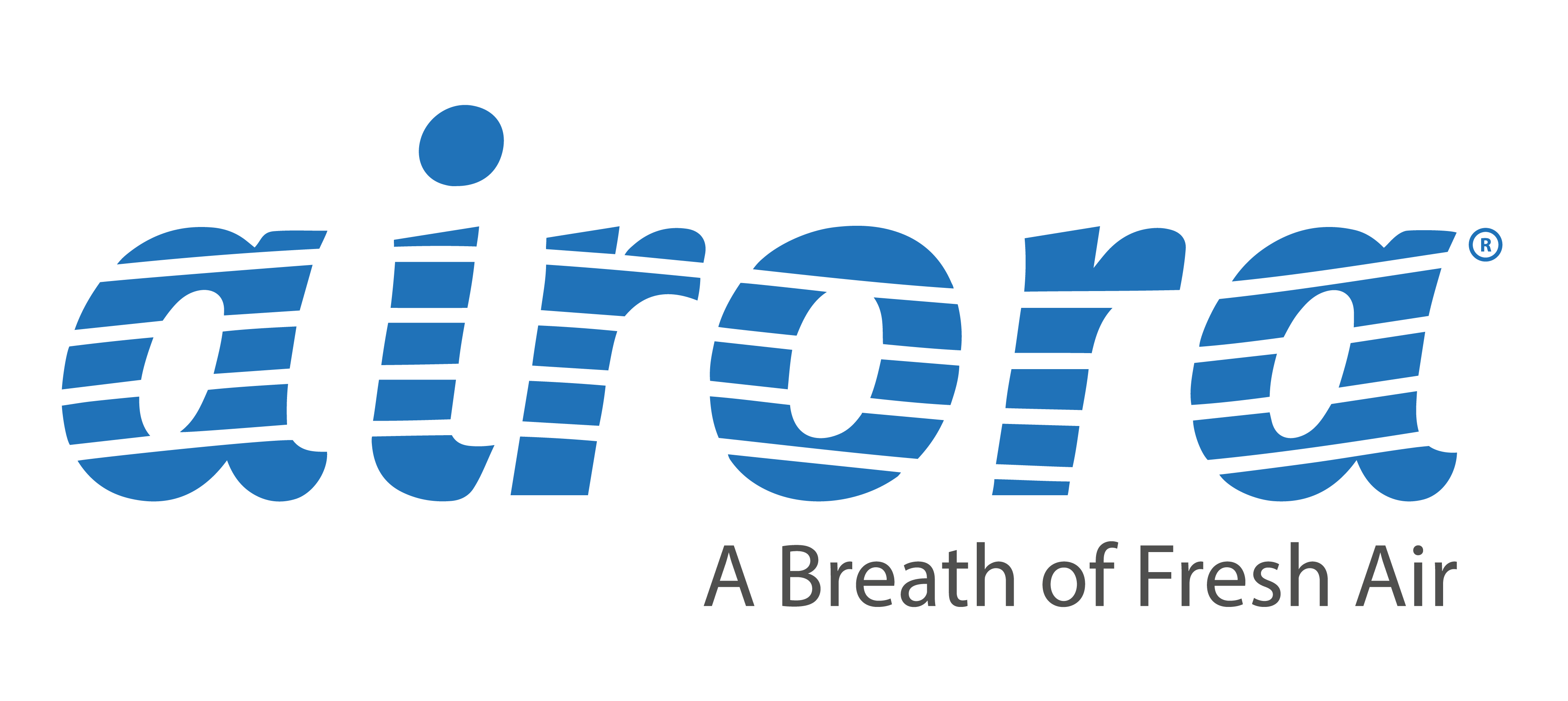Do you suffer from Asthma, COPD, Hay Fever,
Allergic Rhinitis or other lung conditions?
Airora can help avoid attacks and alleviate your symptoms
Why pollution, and its effect, are often far worse indoors than outdoors
In the open air, 'Hydroxyl Radical Cascades' are continuously created by the complex chemical interactions that occur naturally in the atmosphere.
Hydroxyls are the powerful but entirely safe and natural air cleaning agent, often referred to by scientists as 'Natures Detergent', which continuously decontaminates outdoor air and gives 'fresh air' that clean and refreshing feel that we all love.
Unfortunately, the natural atmospheric ingredients that continuously create hydroxyl radicals are mostly absent indoors, and germs, allergens and other lung irritants build up in the air and on surfaces to much higher levels than experiences outdoors.
So, it is not surprising that exposure to indoor air pollution both makes infections more likely and commonly trigger attacks, or worsen symptoms, of asthma, hay fever, rhinitis and other lung conditions.
Children are at even more at risk from poor indoor air quality, as their lungs are still developing. Children’s airways are smaller, so inflammation caused by indoor air pollution can cause them to narrow more easily than adults.
Indoor air pollution
Indoor air pollution is a complex mixture of microbes and substances in the air that are potentially harmful to health. The composition of this indoor air pollution can vary greatly depending, for example, where you live and on the contents of your home.
In a home in a non-urban setting for example, house dust mite, pollen and mould spores can be a major cause of indoor air pollution and related health problems. In a new-build home or office, fumes from paints and insulation, new carpet and furniture can significantly contribute to the pollution. Especially in industrial or built up areas, traffic and industry pollution also play an increasing part in indoor air pollution.
Types of pollution
The size of the particles found in indoor air pollution range from 100 microns to smaller than 0.01 microns. The heavier particles tend to settle as dust but are easily stirred up again when someone walks through a room or when a surface is dusted.
Asthmatics and others with breathing problems will be well aware of the complications and difficulties that lung and throat infections from viruses, bacteria and moulds can cause, but in addition many indoor air pollutants can also adversely affect lung conditions, such as:
- House dust mite.
- Mould spores.
- Pollen.
- Soot.
- Pet dander (including cat saliva).
- Particulate cigarette smoke.
Particles of less than 0.1 microns in size and gaseous pollution includes:
- The gaseous, that is non-particulate, components of cigarette smoke.
- Combustion products such as carbon monoxide and nitrogen oxides from boilers and cookers.
- Volatile organic compounds (VOCs):
- Ozone, which at too high a level is a known lung irritant.
Unlike air filters, Airora is proven to safely destroy or neutralise most types of indoor pollution
Uniquely, Airora’s revolutionary molecular air and surface cleaning technology destroys or neutralises all types of germs, moulds, allergens, VOCs and odours and most other irritants and harmful pollutants throughout entire indoor spaces.
Airora even neutralises allergens – both in the air and on surfaces
Pollens, Fungal Spores, Pet Dander
Hydroxyl radicals have been shown to reduce IgE-binding capacity in pollens, spores and pet dander through the degradation and modification of the tertiary structure and/or the induction of protein denaturation and/or aggregation.
This allergen structure is then no longer recognised by the body's immune system and therefore histamine and other chemical mediators are not released.
House Dust Mites
Hydroxyls instantly denature the allergen Der p1 and Der f1 found in house dust.
This allergen structure is then no longer recognised by the body's immune system and therefore histamine and other chemical mediators are not released.
Airora is not a filter
Airora is NOT a filter, it is a Hydroxyl Diffuser which emits an invisible Hydroxyl Cascade, as occurs naturally outdoors, indoors.
A molecular cascade reaction spreads the Hydroxyl Cascade throughout a room in seconds, without relying on air movement, thoroughly decontaminating all the air and surfaces as it goes.
Airora’s benefits include:
all types of germs (including coronavirus) all types of allergens; including pollens, house dust mite, pet dander and mould all types of VOC and both organic and inorganic odours chemical lung irritants from cleaning products, air fresheners, deodorisers, paint and the like and most other harmful pollutants |
|
- 1000+ times more effective, and far faster acting than any type of filter.
- The UK's Health Protection Agency measured a 99.9999% reduction of airborne germs in less than 5 minutes!
- Creates an active person to person infection barrier.
- Acts on all surfaces as well as the air in a room.
You can find out all about Airora at airora.com
And contact us at support@airora.com
Copyright Airora 2023 1 V1.0
